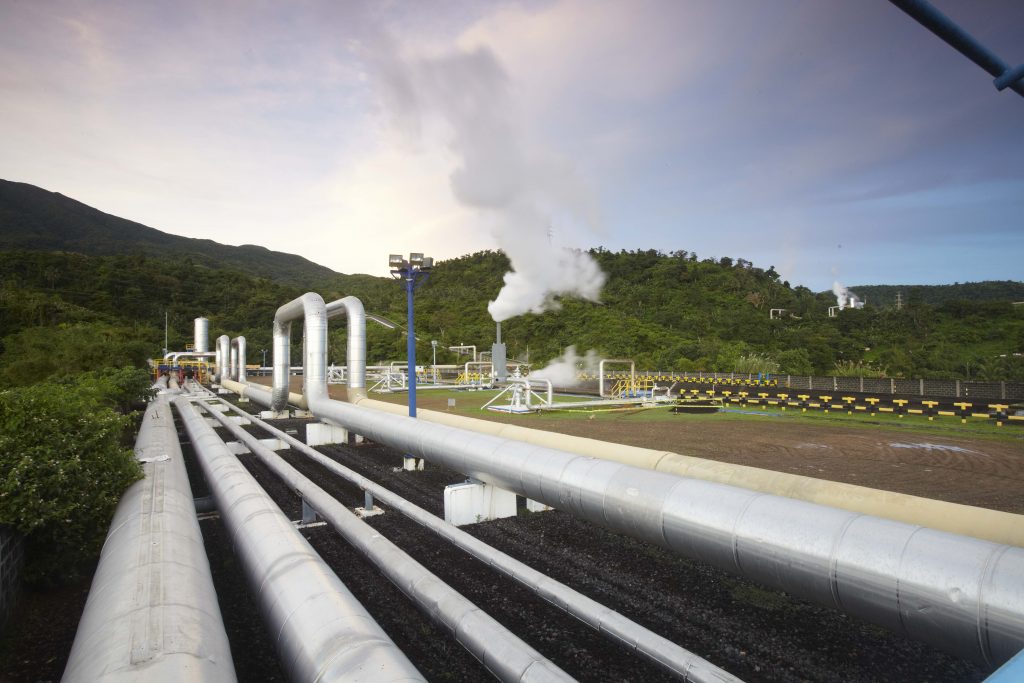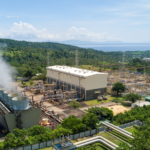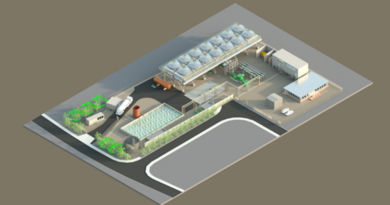Philippines strives to regain position as 2nd largest geothermal power producer
Energy Disrupter
With several projects on the pipeline and under feasibility studies, the Philippines hopes to regain its position as 2nd in geothermal power generation capacity globally.

During the 4th Philippine International Geothermal Conference held in Manila, Philippines, the Department of Energy (DOE) Undersecretary Rowena Cristin Gueveara stated that the agency hopes for the country to regain its spot and the country with the 2nd largest installed geothermal power generation capacity.
The Philippines has held the 2nd spot (next to the U.S.) for a number of years before being overtaken by Indonesia in 2018. Indonesia has not relinquished the spot since then, widening the gap to more than 400 MW as of the end-of-2022 rankings.
“The development and utilization of geothermal energy slowed down since 2007 and only 86 MW was added in the total installed despite the enactment of Republic Act 9513 or the Renewable Energy Act of 2008,” Guevara said during her speech.
Numerous projects on the pipeline
There is some cause for optimism, as the Philippines has several geothermal projects in the pipeline – the 17-MW Tiwi binary power plant, the 29-MW Palayan Bayan binary plant. and the 2-MW Biliran power plant. These projects, with a combined capacity of 48 MW, are expected to go online by December.
By next year, the 20-MW Tanawon geothermal power plant and the 5.6-MW Bago binary power plant are expected to start supplying to the country’s grid.
Guevara also mentioned that there are a number of projects with a potential combined capacity of 381 MW that are undergoing pre-feasibility studies. The Undersecretary expressed optimism that once these projects have been completed, then the country may reclaim its spot at the 2nd position.
Guevara also called for the support of the National Geothermal Association of the Philippines to realize the country’s further geothermal potential. “We need the expertise and innovation of our renewable energy developers, particularly the geothermal energy developers. Your cooperation and invaluable inputs to further advance the development of emerging technologies for geothermal will be of great help not only to DOE but to all the Filipinos.”
Harnessing low to medium-enthalpy resources
To aid with capacity growth, the DOE has implemented projects that seek to facilitate the development of low to medium-enthalpy geothermal resources in the Philippines, chiefly still for power generation. Guevara said that the projects aims to evaluate the economic feasibility of small-scale geothermal power projects primarily for local power needs.
“This path to greener geothermal generation will have its challenges, but it is a path that we will walk together so we can build a future when clean energy is not just a necessity, but a legacy of responsible stewardship for generations to come,” concluded Guevara.
Source: Philippine Star

















